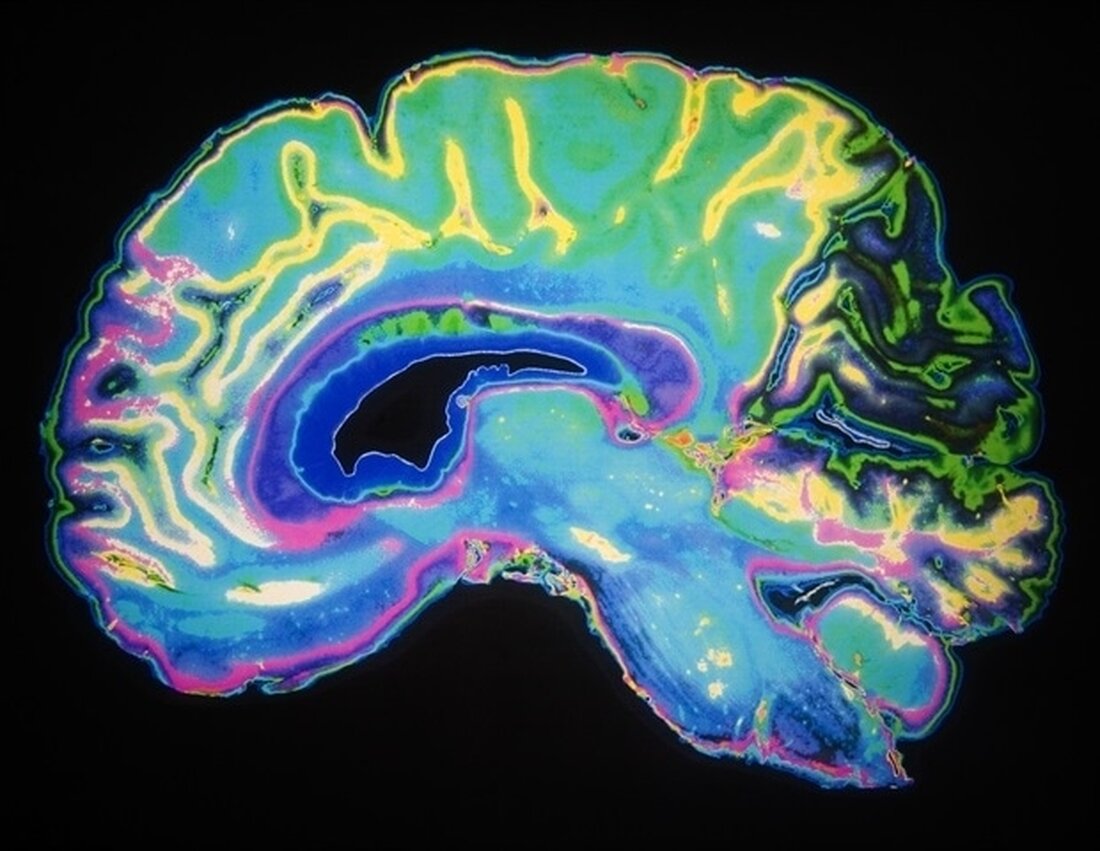During sleep, the hippocampus and neocortex interact in ways that are critical for memory formation
Using a neural network model, Penn neuroscientist Anna Schapiro and colleagues found that the hippocampus and neocortex interact in ways that are critical for memory formation as the body moves between REM and slow-wave sleep cycles. What role do sleep stages play in the formation of memories? “We have long known that useful learning occurs during sleep,” says neuroscientist Anna Schapiro of the University of Pennsylvania. “You encode new experiences while you’re awake, you fall asleep, and when you wake up your memory has somehow changed.” But how exactly new experiences are processed during sleep has largely remained a mystery. …

During sleep, the hippocampus and neocortex interact in ways that are critical for memory formation
Using a neural network model, Penn neuroscientist Anna Schapiro and colleagues found that the hippocampus and neocortex interact in ways that are critical for memory formation as the body moves between REM and slow-wave sleep cycles.
What role do sleep stages play in the formation of memories? “We have long known that useful learning occurs during sleep,” says neuroscientist Anna Schapiro of the University of Pennsylvania. “You encode new experiences while you’re awake, you fall asleep, and when you wake up your memory has somehow changed.”
But how exactly new experiences are processed during sleep has largely remained a mystery. Using a neural network computational model they built, Schapiro, Penn Ph.D. Student Dhairyya Singh and Kenneth Norman from Princeton University now have new insights into the process.
In research published in the Proceedings of the National Academy of Sciences, they show that the hippocampus teaches the neocortex what it has learned as the brain cycles through slow-wave and rapid-eye movement (REM) sleep, which happens about five times a night, to convert novel, fleeting information into lasting memories.
This is not just a model of learning in local circuits in the brain. In this way, one brain region can teach another brain region during sleep, at a time when there is no guidance from the outside world. It is also a suggestion for how we learn gracefully over time as our environment changes.”
Anna Schapiro, assistant professor in Penn’s Department of Psychology
Broadly speaking, Schapiro studies learning and memory in humans, particularly how people acquire and consolidate new information. She has long believed that sleep plays a role here, something she and her team tested in a lab by recording what happens in participants' brains while they sleep.
Her team also builds neural network models to simulate learning and memory functions. Specifically for this work, Schapiro and colleagues built a neural network model consisting of a hippocampus, the brain's center for new memories, which is tasked with learning the world's everyday, episodic information, and the neocortex, which is responsible for facets such as language-level cognition and more permanent storage of memory. During simulated sleep, researchers can observe and record which simulated neurons fire in these two areas and then analyze these activity patterns.
The team conducted several sleep simulations using a brain-inspired learning algorithm they developed. The simulations showed that during slow-wave sleep the brain mostly recalls recent events and data, guided by the hippocampus, and during REM sleep mostly repeats what happened before, guided by memory storage in the neocortical regions.
Neuroscience eBook
Compilation of the top interviews, articles and news from the last year. Download a copy today
“As the two brain regions connect during non-REM sleep, the hippocampus actually teaches the neocortex,” says Singh, a second-year graduate student in Schapiro’s lab. “Then, during REM, the neocortex reactivates and can repeat what it already knows,” thereby committing the data to long-term memory.
Switching between the two sleep phases is also important, he says. "When the neocortex doesn't have a chance to reflect its own information, we see that the information there is overwritten. We believe that you need to have alternating REM and non-REM sleep for strong memory formation to occur."
The results are consistent with what is known in the field, although aspects of the model are still theoretical. “We still have to test that,” says Schapiro. “One of our next steps will be to conduct experiments to understand whether REM sleep really does bring back old memories and what impact this might have on integrating new information into your existing knowledge.”
Because the current simulations were based on a typical adult's healthy night's sleep, they don't necessarily generalize to other types of adults or less excellent sleep habits. They also offer no insight into what happens to children, who require different amounts and types of eye contact than adults. Schapiro says she sees great potential for her model to answer some of these open questions. “With a tool like this you can go in many directions, especially because sleep architecture changes over the lifespan and across different diseases, and we can simulate these changes in the model,” she says.
In the long term, a better understanding of the role of sleep stages in memory could help inform treatments for psychiatric and neurological disorders of which sleep deficits are a symptom. Singh says there could also be implications for deep learning and artificial intelligence. “Our biologically inspired algorithm could provide new directions for more powerful offline memory processing in AI systems,” he says. This proof-of-concept work linking sleep and memory formation brings the field one step closer to these goals.
Source:
Reference:
Singh, D., et al. (2022) A model of autonomic interactions between hippocampus and neocortex that drives sleep-dependent memory consolidation. PNAS. doi.org/10.1073/pnas.2123432119.
.

 Suche
Suche
 Mein Konto
Mein Konto
